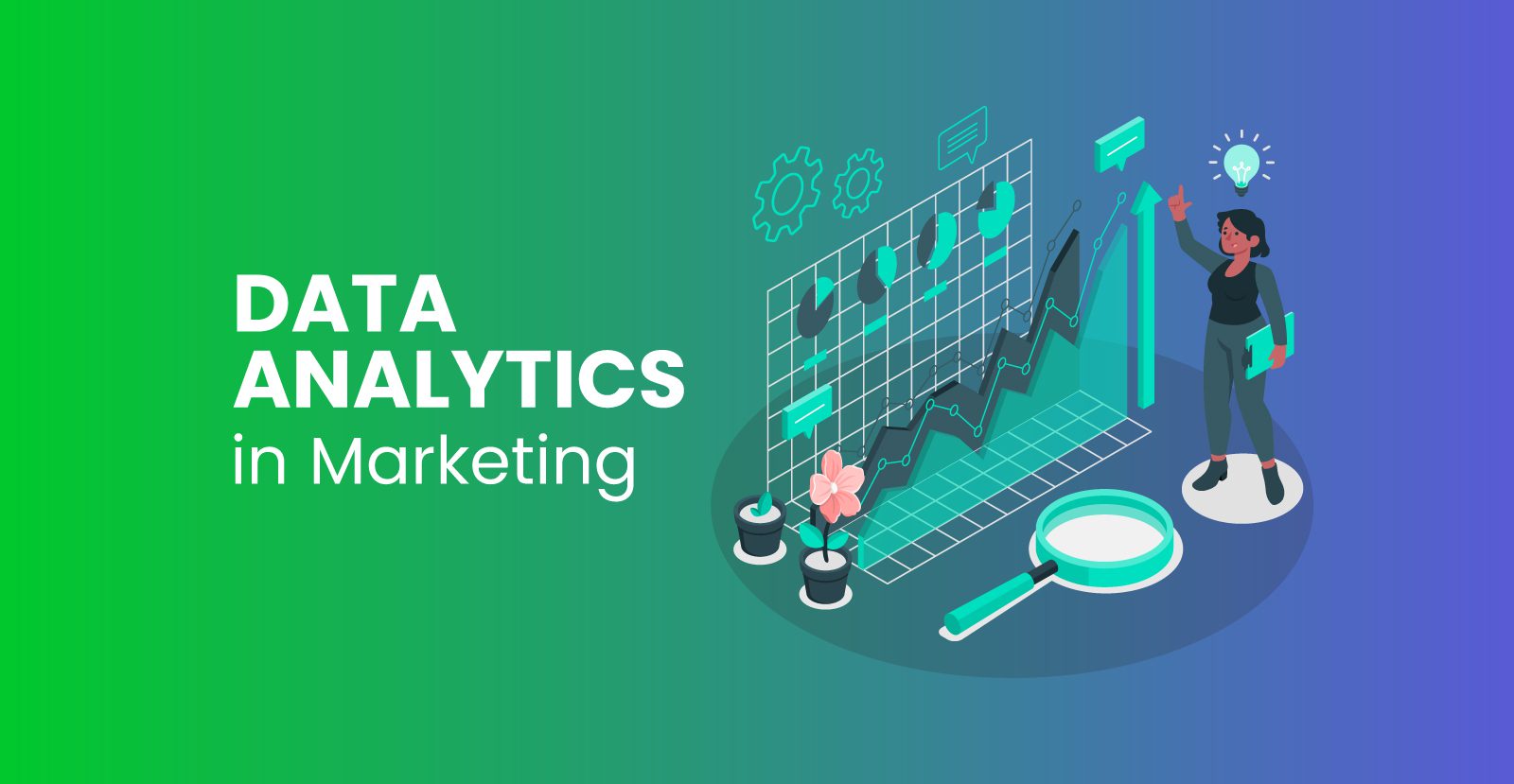In today’s digital age, marketing has evolved beyond catchy slogans and eye-catching visuals. It’s become an intricate dance of data and strategy, with the spotlight shining brightly on “Data Analytics in Marketing.” Picture this: every click, every scroll, every online interaction leaves a trail of invaluable data waiting to be harnessed.
In this blog post, we’re about to embark on a journey into the fascinating world of data analytics in marketing. We’ll explore how data-driven insights are transforming the marketing landscape, share real-world examples, and uncover the secrets to supercharging your marketing efforts through the power of data.
The Data-Driven Marketing Revolution
Gone are the days of marketing decisions based on gut feelings and intuition. With the advent of data analytics, marketing has transformed into a science. Let’s delve into why data analytics in marketing is a game-changer:
1. Personalization at its Finest
Remember the last time you received a product recommendation that seemed almost psychic in its accuracy? That’s the magic of data analytics. Brands like Amazon and Netflix use your browsing history, purchase behavior, and demographics to tailor their recommendations. As a result, customers feel understood, and businesses see higher conversion rates.
2. Understanding the Customer Journey
Data analytics allows marketers to map out the entire customer journey, from initial awareness to the final purchase. By tracking touchpoints and analyzing customer behavior, you can identify bottlenecks, optimize the path, and ensure a smoother buying process.
3. Targeted Marketing Campaigns
Imagine running a marketing campaign that reaches exactly the right audience, at the right time, with the right message. Data analytics makes this a reality. By segmenting your audience based on various parameters, such as age, location, and interests, you can craft highly targeted campaigns that yield impressive results.
Real-World Success Stories
Let’s take a look at a couple of real-world examples to see how data analytics in marketing has worked wonders for businesses:
Example 1: Netflix
Netflix’s recommendation engine, powered by data analytics, is a shining example of personalization. It analyzes your viewing history, the time you spend on each title, and even your pause and rewind patterns. The result? A homepage that feels like it was designed just for you, leading to increased viewer retention and satisfaction.
Read detailed case study on how Netflix uses Data Analytics
Example 2: Airbnb
Airbnb uses data analytics to optimize its pricing strategy. The platform analyzes historical booking data, local demand, and even weather forecasts to suggest the best price for hosts. This data-driven approach has led to increased bookings and higher revenue for both hosts and the platform itself.
4. Data-Backed Creativity
Data analytics in marketing doesn’t stifle creativity; it enhances it. By understanding your audience’s preferences and behaviors, you can craft compelling, data-backed creative campaigns. For instance, if your data shows that your audience prefers video content, you can invest more in video production and distribution.
5. Real-time Insights
Traditional marketing strategies often involve waiting for campaign results after weeks or months. Data analytics in marketing provides real-time insights, allowing you to make immediate adjustments to campaigns. If a particular ad isn’t performing well, you can pivot and optimize in real-time.
6. Cost Optimization
Data analytics helps you allocate your marketing budget more efficiently. By identifying which channels and campaigns deliver the best ROI, you can divert resources where they will have the most impact, ultimately saving you money.
The Key to Data-Driven Marketing Success
To harness the full potential of data analytics in marketing, here are some essential steps to consider:
– Data Collection: Invest in robust data collection tools to gather meaningful insights.
– Analysis: Use data analysis tools to extract valuable information and trends.
– Segmentation: Divide your audience into segments for personalized marketing.
– Experimentation: Continuously test and refine your strategies based on data feedback.
– Training: Equip your marketing team with data analytics skills or consider hiring data analysts.
Challenges and Considerations
While data analytics in marketing offers tremendous advantages, it’s essential to address some challenges:
– Data Privacy: Respect customer privacy and adhere to data protection regulations.
– Data Quality: Ensure the accuracy and integrity of the data you collect.
– Resource Investment: Data analytics requires technology and skilled personnel.
– Ethical Use: Use data responsibly and ethically to build trust with customers.
Conclusion
Data analytics in marketing is not just a trend; it’s a fundamental shift in how businesses engage with their audience. It empowers marketers to make informed decisions, enhance customer experiences, and drive bottom-line results. In a world drowning in data, the ability to extract actionable insights is a superpower every marketer should possess.
So, as you embark on your marketing journey, remember that data analytics isn’t the future—it’s the present. Embrace it, learn from it, and let it steer your marketing efforts toward unprecedented success. The data-driven marketing revolution is here to stay, and it’s time to ride the wave. Your journey into the world of data analytics has just begun, and the possibilities are limitless.
Read our blog on Data Analytics in Sports Analytics




Please enter input field